Packaging Performance
Packaging Performance
Packaging Performance
Packaging Performance refers to how well a packaging solution meets its intended goals. These goals can include protecting the product, maintaining product quality, and providing ease of use for consumers. Understanding packaging performance is crucial for both manufacturers and consumers.
Key Aspects of Packaging Performance
Several factors contribute to effective packaging performance. These include:
Durability: The packaging must protect the product from damage during transport and storage.
Material Efficiency: Using the right amount of material without waste is essential for cost-effectiveness and sustainability.
Consumer Convenience: Packaging should be easy to open, use, and dispose of, enhancing the user experience.
Testing Packaging Performance
To ensure high packaging performance, various tests are conducted. These tests assess the strength, durability, and environmental impact of the packaging. Common tests include drop tests, compression tests, and environmental stress tests.
Importance of Packaging Performance
High packaging performance is vital for several reasons. It protects the product, reduces waste, and improves customer satisfaction. Moreover, it can enhance brand reputation and reduce costs associated with damaged goods.
Improving Packaging Performance
Manufacturers can improve packaging performance by selecting high-quality materials, optimizing design, and conducting regular performance tests. Innovations in packaging technology also play a significant role in enhancing performance.
Blog Posts with the term: Packaging Performance
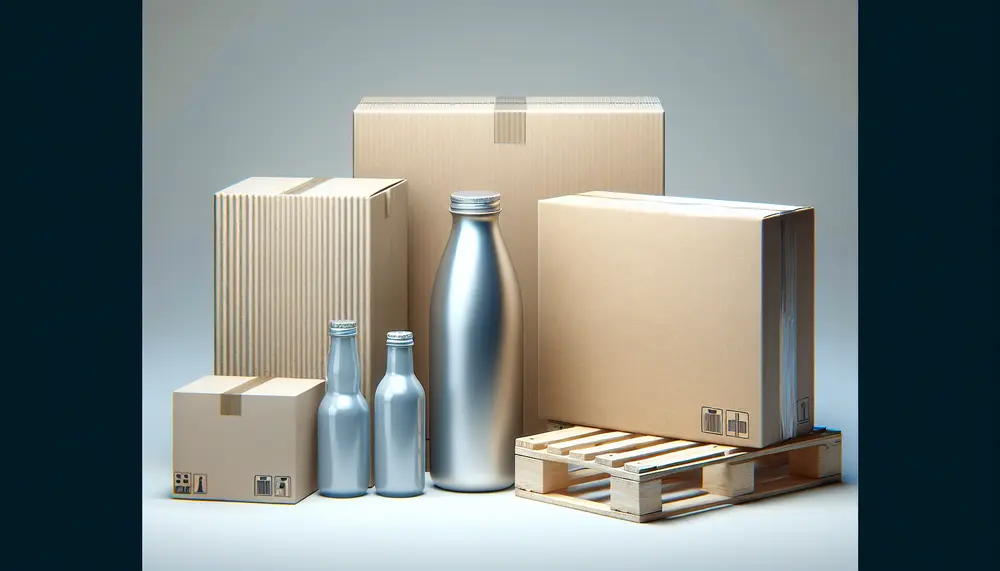
Packaging levels refer to the layers of packaging used from production to consumer, including primary (direct product contact), secondary (grouping and branding), and tertiary (bulk handling). Each level serves distinct purposes in protection, marketing, transportation, and regulatory compliance....
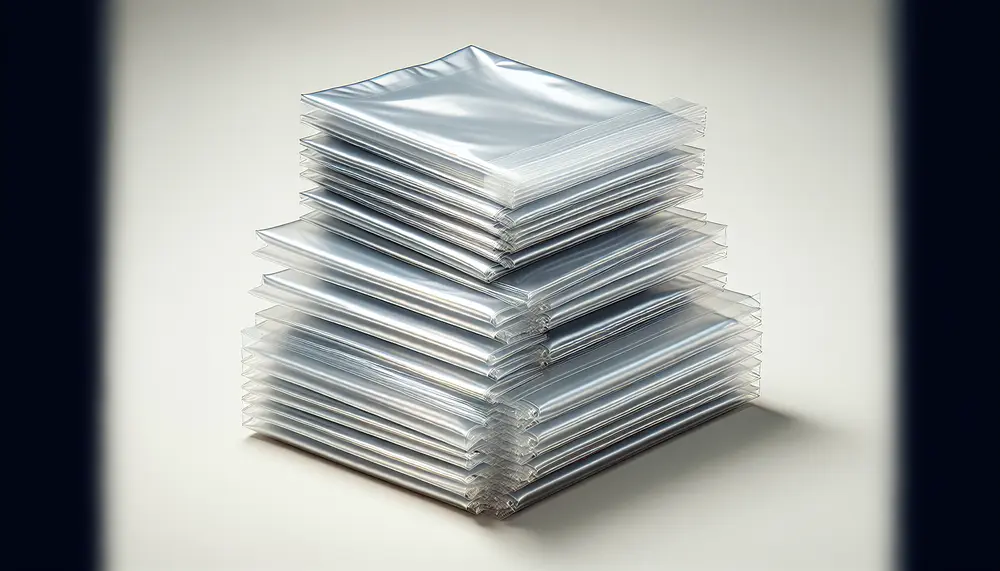
OPP bags, known for their strength and clarity, are essential in packaging for protection, presentation, and preservation of products. They offer advantages like durability, resealability, cost-effectiveness but have drawbacks such as being non-biodegradable; various types exist to suit different applications. Different...

Flexible and soft packaging materials are cost-effective, protective solutions that bend to fit contents; they combine substrates like plastics for barrier protection and branding. The industry is shifting towards these lightweight, customizable options due to consumer convenience, sustainability benefits, and...

The guide explains the significance of MOSH (Mineral Oil Saturated Hydrocarbons) and MOAH (Mineral Oil Aromatic Hydrocarbons) in food packaging, highlighting their potential health risks due to migration into food. It emphasizes the need for ongoing research, industry regulation, and...

The Packaging Corporation of America (PCA) is a leader in innovative packaging solutions, enhancing brand recognition and sustainability with advanced designs and materials. PCA's custom-engineered options cater to diverse industries, integrating technology for efficiency and quality assurance while focusing on...
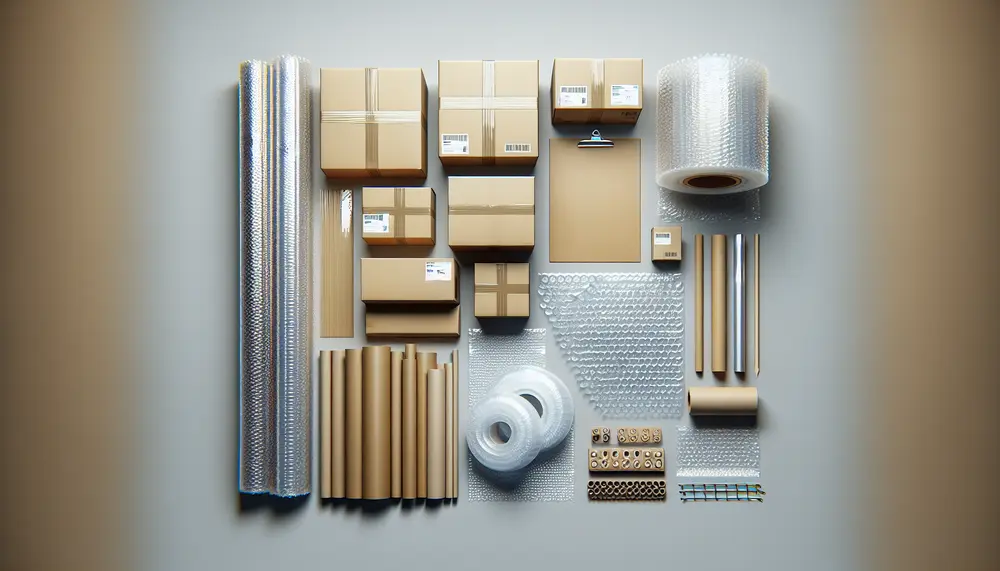
Packaging hazards pose risks to product safety during transportation and storage, stemming from physical damage, environmental conditions, and human error; addressing these requires a comprehensive design strategy. Shipping hazards are categorized into shock damage, vibrations, compression forces, and atmospheric conditions;...

EO sterilization is a vital low-temperature method for medical devices, requiring packaging that allows gas penetration and maintains sterility. Packaging materials like PE, PP, polystyrene, nylon, PET, and multilayer laminates are compatible with EO but must be designed to ensure...
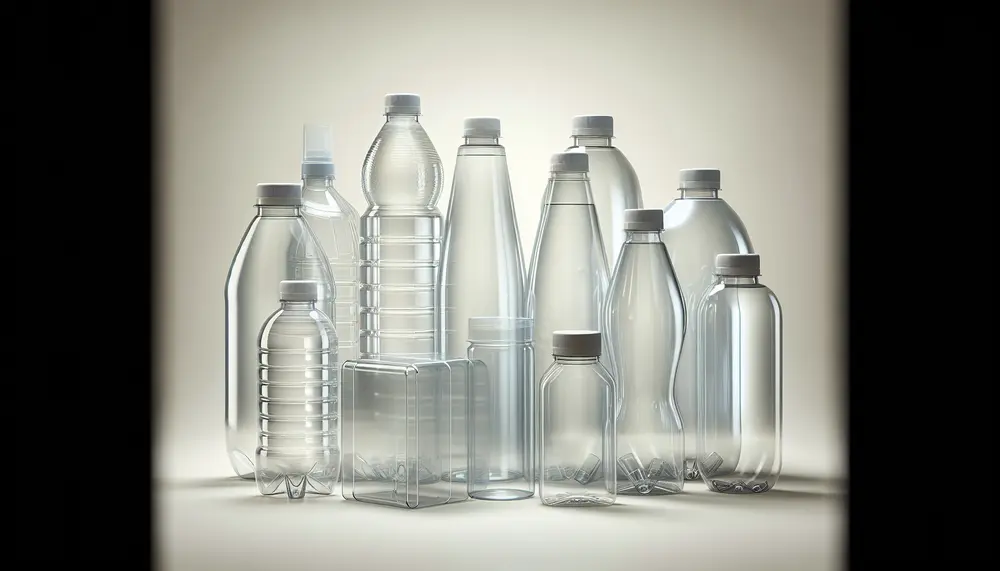
RPET packaging, made entirely from recycled plastic bottles and containers, offers a sustainable alternative with reduced carbon footprint and energy usage compared to virgin plastics. It supports continuous recycling in a closed-loop system, encouraging eco-friendly practices among consumers and industries...

Packaging plays a strategic role in supply chain management, influencing efficiency, sustainability, and customer satisfaction. It involves considerations of design for protection, space optimization, branding, regulatory compliance, and the use of eco-friendly materials. Efficient packaging enhances supply chain flow by improving...

Packaging validation is a crucial process for ensuring product protection and compliance with industry standards, involving rigorous testing to simulate real-world conditions. It's essential for maintaining product integrity, safety, regulatory adherence, and consumer trust. An effective packaging validation protocol includes clear...

Sustainability in the packaging industry focuses on reducing environmental impact through a circular economy, optimizing supply chains, and aligning with consumer values for eco-friendly products. The industry faces challenges like waste accumulation and energy-intensive production but is shifting towards sustainable...
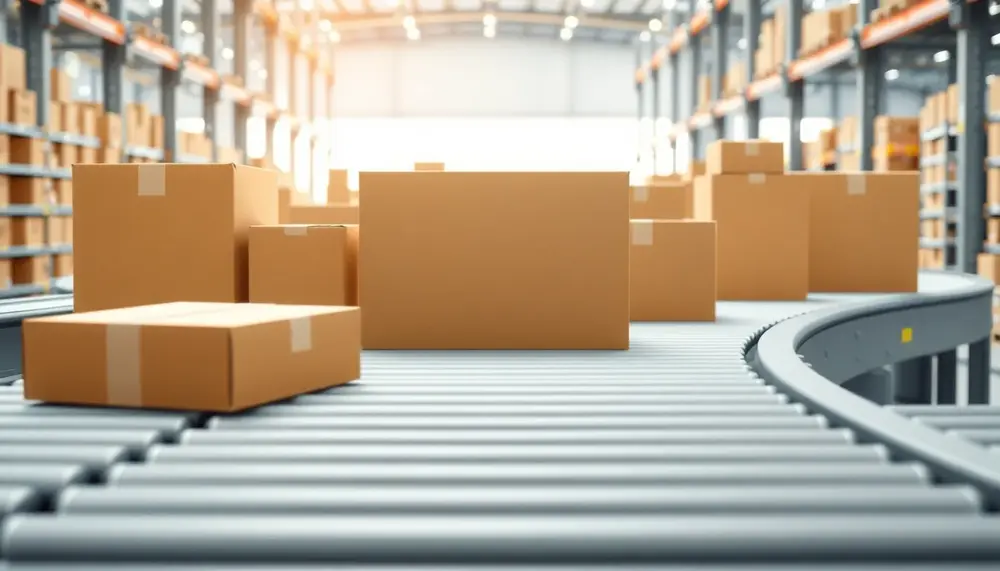
Amazon's packaging evolution reflects its commitment to innovation, sustainability, and customer satisfaction through initiatives like Frustration-Free Packaging, which reduces waste and enhances the unboxing experience. By leveraging eco-friendly materials, AI-driven optimization, and scalable solutions across product categories, Amazon has set...

Multiple choice questions (MCQs) are an efficient and versatile tool for testing knowledge in pharmaceutical packaging, covering topics like materials, manufacturing processes, and regulatory standards while offering immediate feedback but may oversimplify complex subjects. They help learners identify areas needing...
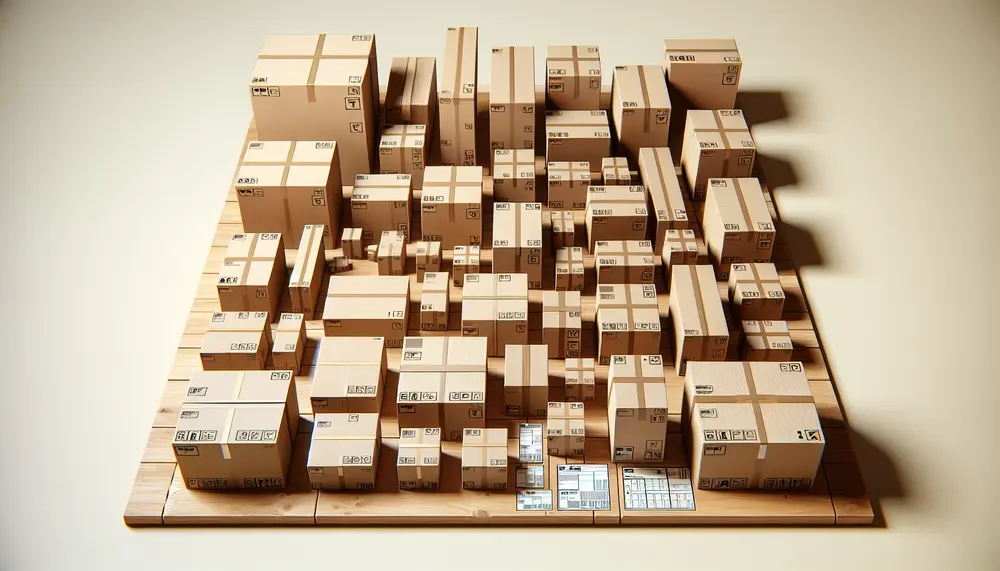
The article discusses the importance of choosing the right packaging box for shipping, emphasizing that a good box protects contents and saves costs. It outlines factors to consider when selecting a box type, such as product nature, shipping method, and...

Visual storytelling on SlideShare revolutionizes pharmaceutical packaging communication by combining engaging visuals with concise content, simplifying complex concepts like material innovation, compliance, and design functionality. This approach fosters global collaboration, enhances understanding through interactive learning tools, and showcases key elements...
